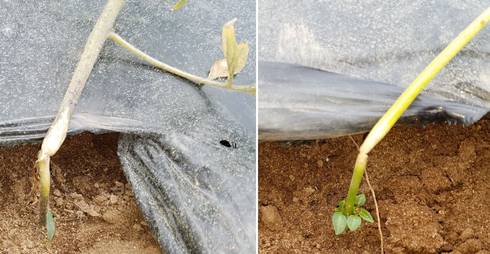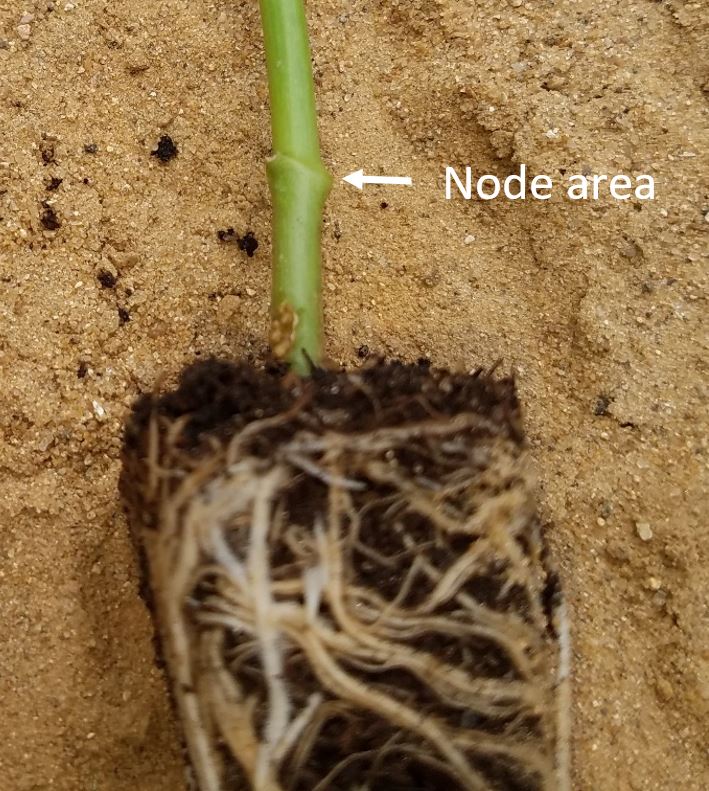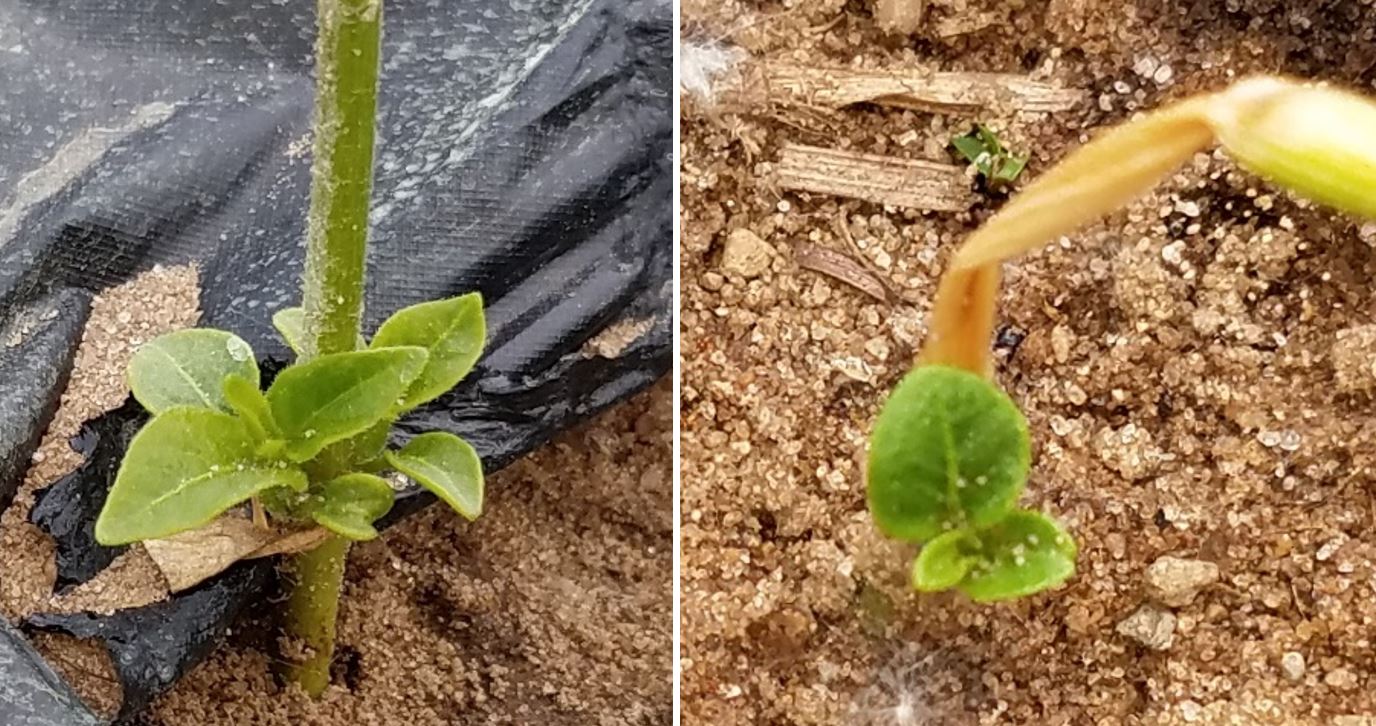Jul 16, 2018Some vegetable transplants have had difficulty due to hot weather
To say the 2018 growing season so far has been difficult would be an understatement. Producers of all crops have had to deal with fluctuating temperatures, rainy conditions and wetter than normal fields. All of these make it difficult for timely planting activities.
Most vegetable growers schedule greenhouse seeding of their vegetable transplants so they are removed at a preset time and quickly transplanted to the field. This year, transplants had to either stay in the greenhouse longer or placed in a holding area to wait for weather and field conditions to improve. This waiting period allowed plants to get taller than desired so that in some cases a spindly transplant was set in the field.
When weather and field conditions finally improved in southwest Michigan the week prior to Memorial Day, May 28, many transplants were moved as quickly as possible to the field only to encounter eight days of above 80 degree Fahrenheit temperatures, with three of those days above 90 F. This caused a considerable amount of stress to many plants and appeared more problematic in transplants raised in 128 cell trays compared to those in 72 cell trays. It also seemed greater in peppers than in tomatoes.
The most obvious sign of stress was a constriction of the stem followed by a collapse of the plant due to damaged vascular tissue (Photo 1). Oftentimes, the constriction is next to the black plastic as if the transplant touched the hot plastic, damaging the tissue at that point. Other plants are not near the plastic but still have the constriction. Affected plants fall over onto the plastic and eventually wither and die. The common practice is to replace them, providing there are enough residual transplants.
Depending on where the constriction occurs, it is still possible to get a healthy plant from the original transplant. All dicotyledonous plants have a first set of two leaves called cotyledons (thus the term dicots). These first leaves have a different appearance than the “true leaves” and come from the first node (point on the stem where leaves and shoots originate, Photo 2).
Photo 2. Pepper transplant with the first node evident.
Each node is capable of producing additional shoots. In fact, many of these first nodes will produce fruiting shoots, especially in peppers (Photo 3). However, for tomatoes, most shoots from this node are removed during pruning. The yield potential of plants originating only from the cotyledon nodes compared to an undamaged plant is unknown. Harvest will likely be later.
Photo 3. New growth from the cotyledon nodes of an undamaged pepper (left) and a damaged pepper (right).
The desire is for 100 percent of the transplants to survive and quickly start growing for early and optimum yield. This does not, and will not, always happen, but there are steps growers can take to maximize transplant survival.
Bed shaping. Form raised beds when soil has adequate moisture. Dry soil does not shape well and if it has a high sand content, it will be hard to completely re-wet. Shaping a bed with adequate soil moisture and covering it with plastic helps preserve moisture, gives a better-shaped bed and tighter plastic that allows for a more efficient transfer of heat into the soil.
Punching holes for transplanting. Try to do this shortly before transplanting since this will minimize moisture loss through the hole. This may not be possible if you need to exhaust a fumigant prior to planting.
Use of a water-wheel transplanter. Many growers will use a water-wheel-type transplanter either for the actual transplanting procedure or just marking transplant holes. These can be used to add water as the hole is made in the plastic. Having water around the transplant plug provides additional water during the establishment period.
Transplant tray cell size. The smaller the cell size, the more concern for transplant survival. If you know you will be transplanting into a well-drained, warmer soil site, opt for a larger cell size. This will add cost, but will increase survival rates.
Water transplants well before transplanting. The roots in the root ball at transplanting are not those that go out and explore the soil for water and nutrients. Having adequate moisture in the root ball is important for the first couple of days.
Transplant timing. If hot, sunny, dry weather is predicted, it may be better to wait for a change or at least plant in the late afternoon and evening when conditions are not as harsh.
Drip tape placement. Place drip tape close to roots, increasing the plants chances of encountering moisture.
Transplant mortality cannot be eliminated, but there are steps that can and should be taken to minimize losses.
– Ron Goldy, Michigan State University
Photo at top: Stem constriction of tomato (left) and pepper (right) resulting in the plant’s death above the constriction. Photos: Ron Goldy, MSU Extension

















